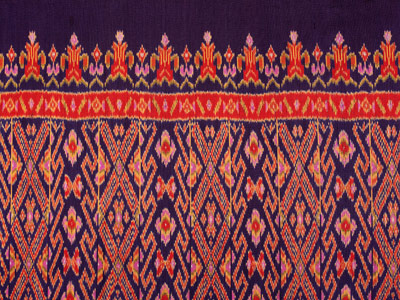
Dress Sense
This dress sense quiz is all about fashion!
In the 15th century the world of clothing underwent many changes. At the beginning of the 1400s long and voluminous fashions were the rage, allowing the wearer to display his wealth by the amount of cloth he wore. By the century's end things had changed and clothes had become more revealing, particularly for men who now wore short tunics which exposed their legs. Wealth was shown in different ways, by adorning oneself with expensive cloths, furs or jewellery. The improving condition for the middle classes let them emulate their superiors in style, though not with the same materials. Some things were still the preserve of the very rich.
Ready for more?
not all...
quizzers. Try to win a coveted spot on our Hall of Fame Page.







